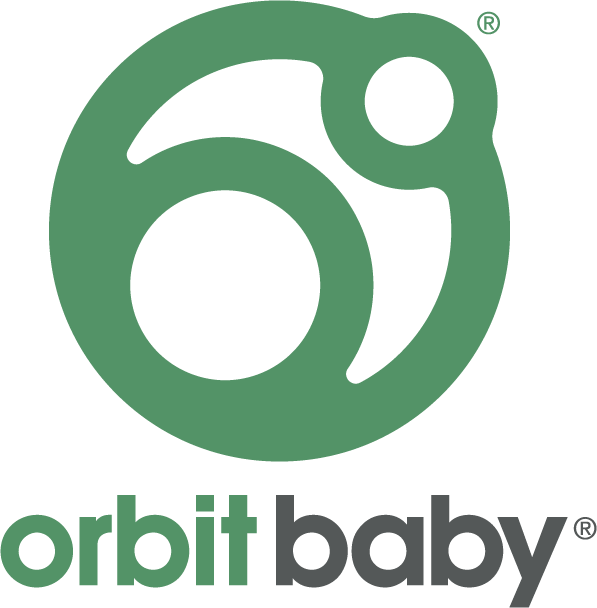Finding a Summer Rhythm

By Jennifer Batchelor:
The summer dilemma raised its head sooner than I expected. I thought we had until our kids were school-aged before those three months loomed large and unfilled on our calendar, but instead it hit when my children were four and one—and when I felt a bit like a mole, blinking in the harsh sunlight after a season of hibernation, as we emerged from that first overwhelming year of managing life as a family of four.
“What are we doing today, Mom?” my son would ask every morning over breakfast, and initially I marveled that I had the capacity to say something more than “survive until Dad gets home.” But once the novelty of “more” wore off a little, I still didn’t have an answer to his question. His twice-a-week preschool had ended for the summer, and I hadn’t realized until then how much I counted on that to shape our schedule. What were we going to do all day every day?
At first, I overshot a little (okay, a lot) with my plans. I created a color-coded spreadsheet with different activities every day of the week and felt pleased with my planning and foresight. My pride lasted precisely until Wednesday, when my well-crafted schedule fell completely to pieces as the toddler refused her nap and the preschooler had an epic meltdown when it was time (according to the spreadsheet) to leave the playground. I relayed my frustrations to my husband that night after we’d put the kids to bed, and he gently suggested that I was aiming too high.
“What if you don’t need a schedule?” he asked. “Maybe you should try for a rhythm, instead.”
I mulled on his words, and realized he was right. We needed some structure to our days, but we didn’t need every minute to be planned and accounted for. Through trial and error, we finally landed on a rhythm that worked well for us—and still does.
We Create, Explore, Relate, and Rest.
Create: We make something—from a drawing to a story to an epic tower of Picasso Tiles.
Explore: We get out of our familiar space with a walk, a drive, an outing.
Relate: We spend time with other people—a play date, a visit to grandparents, or even volunteering together.
Rest: We have unstructured downtime.
Sometimes, we would cycle through the rhythm daily. Everyone would wake up energetic, and there were watercolor pictures drying on the counter before breakfast, we’d hit the playground by lunch, and met friends to swim with until dinner, then crashed on the couch for family movie night. And sometimes, we moved more slowly. We might spend most of the day chalking the driveway or an entire afternoon exploring a new-to-us nature area. The rhythm provided a framework, rather than a list of to-dos. It wasn’t a checklist to move through so much as it was a reminder of what works for us.
This summer isn’t like the ones that have come before it. Everything looks different in the shadow of the COVID-19 pandemic, and unfortunately our summer fun isn’t exempt from that. The boundaries around exploring and relating, in particular, feel clunky and unfamiliar. But we’re pushing for rhythm anyway. Mornings are for fort building and audiobooks; afternoons are for splashing in the $24 blow up pool I ordered online or a “nature walk” to the nearby park. Porch cookie drop offs and chats from the driveway have replaced play dates for now. I never interrupt the kids when they’re playing together and getting along, and I have a stash from the dollar section at Target to pull out as needed (see: when they aren’t getting along). And we’re resting more, because everyone starts each day a little tired already from the weight of the way the world has changed.
Yes, it’s different, and I’d be lying if I said there wasn’t a little bit of sadness wrapped up in that. But we’re finding our way forward. Slowly for now, but I’m paying attention, and—if I listen closely—I’m beginning to hear the first strains of a new rhythm.






